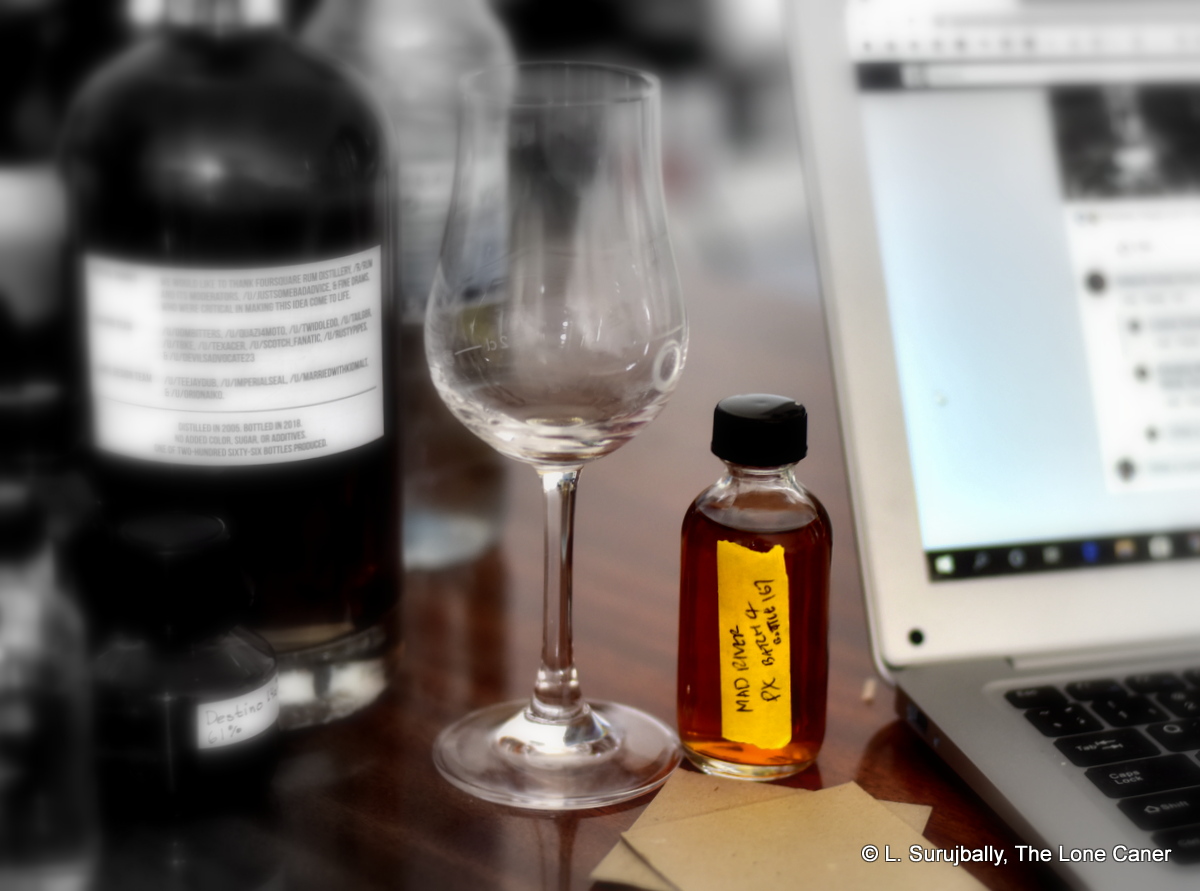
It must be something intrinsic to the USA and their commercial distilling culture, that almost every distillery I’ve come across seems to like making ten different thing off their apparatus. It’s as if they view a single point of focus, a single product line, as an anathema – a still must be multipurpose, and work to earn its keep by wringing the maximum different amount of spirits out of it. And this leads to my oft-repeated remark that American distillers seem to like making whiskies, gins, vodkas and other stuff — and produce rum not because of real love for the spirit but as a sort of afterthought to round out the portfolio and provide some immediate cash flow while their hoped-for next Pappy is ageing.
Mad River out of Vermont is no exception to this. In fact, while originally thinking of starting a winery, they finally settled on getting a distillation setup to produce what they really wanted to make – a brandy. Yet, oddly, after sourcing their Muller still from Germany, the first thing off that still in 2013 was a rum, the First Run, and went on from there to make bourbon, rye, and other types of rum — including a silver American “Demerara” (so named probably because it’s made from Demerara sugar, and I have a feeling there’s a potential trademark violation accusation there somewhere if DDL ever hears about it)…and, of course, apple brandy.
The PX is one of their stable of rums, which also includes a Maple-Cask aged rum, the aforementioned First Run and a flavoured vanilla variant. The PX is a single-column-still distillate, aged in toasted and charred barrels, finished in Pedro Ximinez casks (not idea how long in any of these) and released at 46% ABV.
These bare bones facts obscure a multitude of small issues. For one, they call it a “Demerara-based” rum and remark that the sugar they source is fair-trade certified, but what that means is that it’s a rum made with brown sugar of unstated provenance – if it came from Guyana, which is the only country which can sell a sugar with the word “Demerara” on it, “fair trade” would be an unnecessary statement. For me then, this rum skirts right on the edge of my personal belief idea that a rum should state its origins clearly, and should come from fresh-pressed juice, or molasses…not from sugar itself. The ageing is also never spelled out on the bottle or the website – not the ageing of the base rum, nor the duration of the finishing in PX. We have no idea what the complete outturn is, therefore grading the words “Limited Edition” is impossible. And so these niggling omissions in turn cast doubts (mine) on the “scrappy independent,” “we love what we do” origin story on their website, which I’ve learned the hard way to always regard with some skepticism.
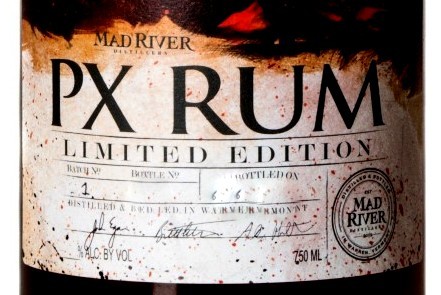
But enough. Let’s move on to the rum itself and what it tastes like, grade it on how it actually is. Is this a rum that’s up and coming, preparing to take its place as one of the USA’s unsung heroes, a nimble fast-moving upstart ready to take on all comers and make the Caribbean producers look anxiously to their nethers?
Not quite…though it is interesting. It starts off on the nose with woodchips, sawdust, glue, and old books in a musty library. The fruits start in the background and then slowly gather strength – these are sweet prunes and ripe peaches for the most part, leavened with vanilla, blancmange, some nuttiness and cereals, figs, cloves and raw damp tobacco leaves. The odd thing about it is that it starts nicely but fades away really quickly, so its evanescence is a disappointment — just as I’m coming to grips with it, it vanishes like it’s middle name is Cheshire.
The palate is also somewhat disappointing. The initial tastes are all there – dark fruits, raisins, prunes — but they’re thin and green, not really very precise or dialled-in, more like a mishmash of poorly coordinated soft stuff thrown at a wall. There’s also coffee grounds, tobacco and dark bitter chocolate, more cloves, and in this respect it reminds me a lot of the Dictador 20 or their Best of 1977 – except that it seems lighter, and drier, not quite as polished. As for the finish, that’s simply underwhelming — short and indeterminate, almost indifferent. There’s some tobacco, pancake syrup, vague fruits, smoke, maple sugar, all wispy and vague, here one second and gone the next.
The PX influence is noticeable in the fruitiness, nuttiness and some of the drier aspects of the rum — beyond that, I can’t say there’s much to enthuse. The nose is clearly the best part of the experience, yet even with that, it’s not the sort of rum that encourages sedate evening sipping while watching the sun go down and discussing the nature of the rumiverse. Part of that is the way the balance feels off, and the tastes and aromas don’t really pop, or mesh particularly well. You’re left feeling this is an essay in the craft, with a few interesting flavours that ultimately fail to cohere, leaving a muddled experience you don’t know what to do with when it’s done. Hardly enough for an unqualified recommendation.
(#705)(76/100)
Other Notes:
- My indifference aside, it should be noted that the PX won Double Gold at the 2017 San Francisco World Sprits Competition in the Dark/Gold category, and a Bronze Medal at the American Craft Spirits Competition in 2016
- Compliments and tip of the trilby to Cecil R. an ex-QC squaddie and my rum tooth-fairy from the USA, who sent me the sample.
- Batch #4, Bottle #167
- This review and its opinions precipitated an interesting discussion on Facebook, here.
Opinion
My point about the jumping all over the spirits-production map, making various different spirits and not settling on one, is merely an observation, not a criticism; and not meant to diss a self-evident enthusiasm for the work, or the commercial realities all such little businesses in the USA must overcome. After all, the Caribbean rum producers are single-mindedly focused on rums because they started form a base of sugar and molasses which were produced right there, and moved on from that point. American distillers mostly lack this geographic-agricultural advantage. Too, being a single-product producer carries risk: money is tied up in this thing and if sales lag, the enterprise could founder – so the incentive to spread that risk by making several products which can all sell to different market segments, is great. But what it also does is diversify expertise – and the long, tedious, kaizen-like approach to learning and experimentation and gradual increase in knowledge and skill and quality of the one product they’ve hung their hat on – the way, for example, Mhoba’s founder tinkered for ages to get his stuff right – is missing.
That’s very likely why I have, so far, not seen much in the American rum industry to enthuse me. The rums most make are competent and occasionally interesting, yet don’t wow my socks off (at least, not yet). My experience thus far has been that those who go the whole hog and deal with rum as their primary spirit — not as some kind of adjunct — tend to do better qualitatively than those who try to do too much. Privateer is one such, Montanya is another, Richland and Pritchards are always intriguing, and there are more. But I have a feeling that if the Law of Mediocrity holds true, then the low to middling quality of all those American rums that have crossed my path over the last ten years (mostly by pure happenstance) define the majority of rums made there; and the companies I have named with products that really make a splash, are the outliers, the leading edges of the bell curve. Only time will tell if that feeling is accurate.
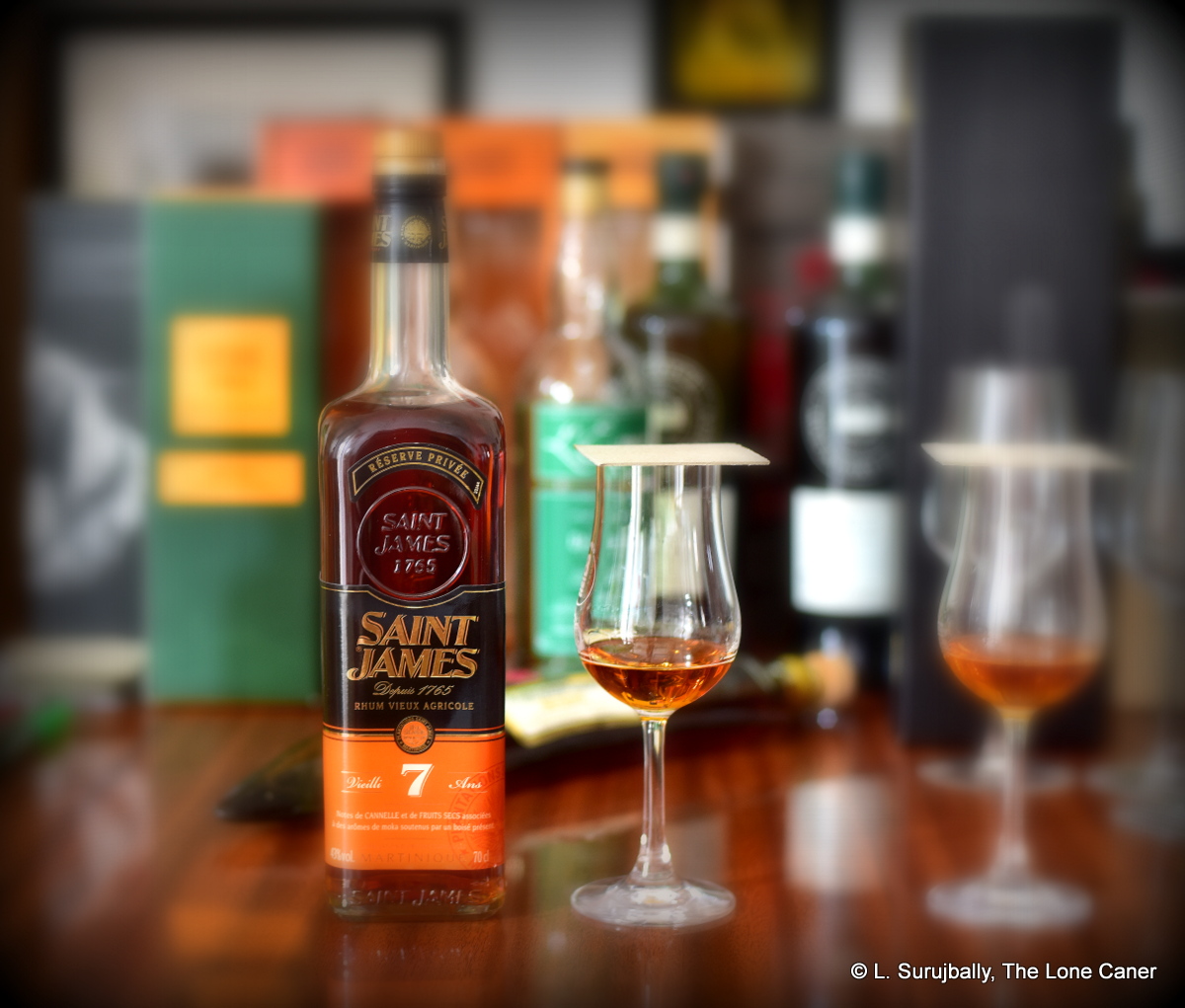
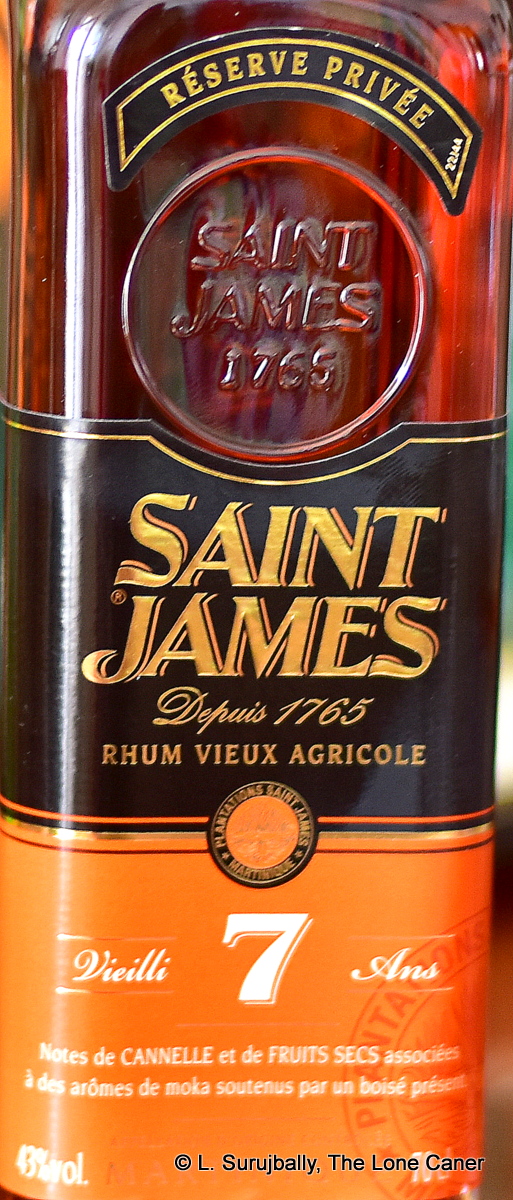 Ah but when sipped, all that changes, and the clodhoppers go away and it dons a pair of ballet slippers. It’s stunningly fragrant, not quite delicate – that ballerina does have an extra pound or two – very firm and robust in flavour profile. Just on the first sip you can taste flowers, pears, papaya, honey, vanilla, raisins, grapes, all pulled together with a delectable light and salty note. There are nice citrus hints, a tease from the oak, ginger and cinnamon, and overall, it sips as nicely as it mixes. The finish is well handled, though content to play it safe – things are beginning to quieten down here, and it fades quietly without stomping on you – and certainly nothing new or original comes into being; the rhum is content to follow where the nose and palate led – fruits, pineapple, spices, ginger, vanilla – without breaking any new ground.
Ah but when sipped, all that changes, and the clodhoppers go away and it dons a pair of ballet slippers. It’s stunningly fragrant, not quite delicate – that ballerina does have an extra pound or two – very firm and robust in flavour profile. Just on the first sip you can taste flowers, pears, papaya, honey, vanilla, raisins, grapes, all pulled together with a delectable light and salty note. There are nice citrus hints, a tease from the oak, ginger and cinnamon, and overall, it sips as nicely as it mixes. The finish is well handled, though content to play it safe – things are beginning to quieten down here, and it fades quietly without stomping on you – and certainly nothing new or original comes into being; the rhum is content to follow where the nose and palate led – fruits, pineapple, spices, ginger, vanilla – without breaking any new ground.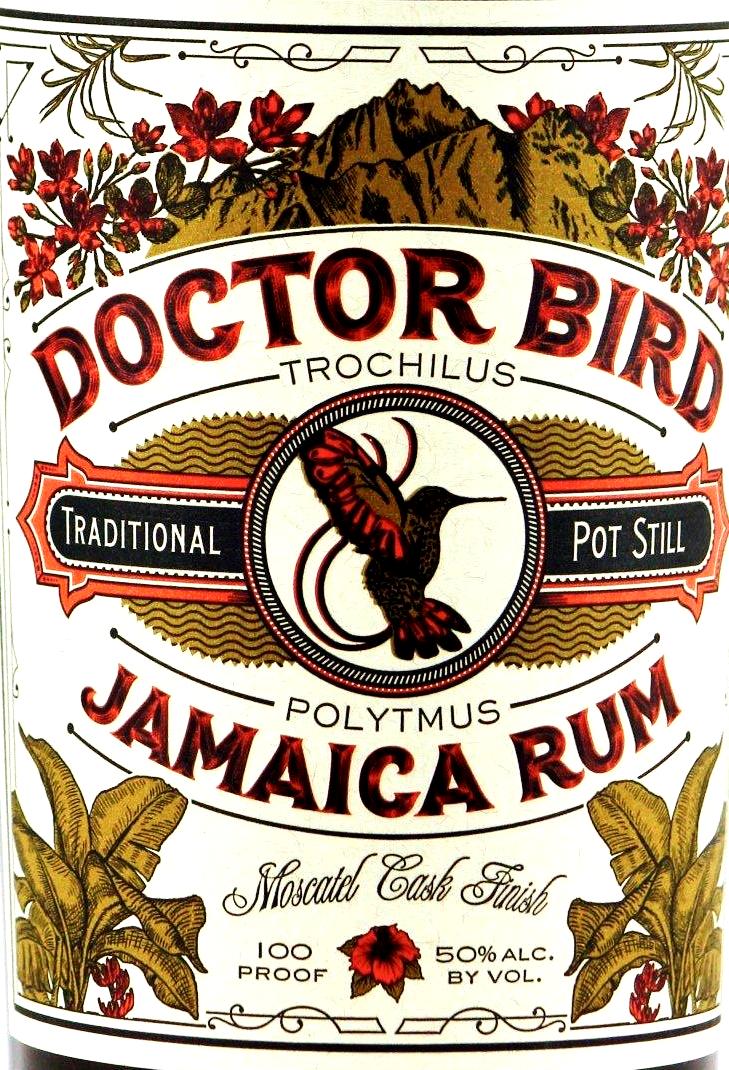 The strangely named Doctor Bird rum is another company’s response to
The strangely named Doctor Bird rum is another company’s response to 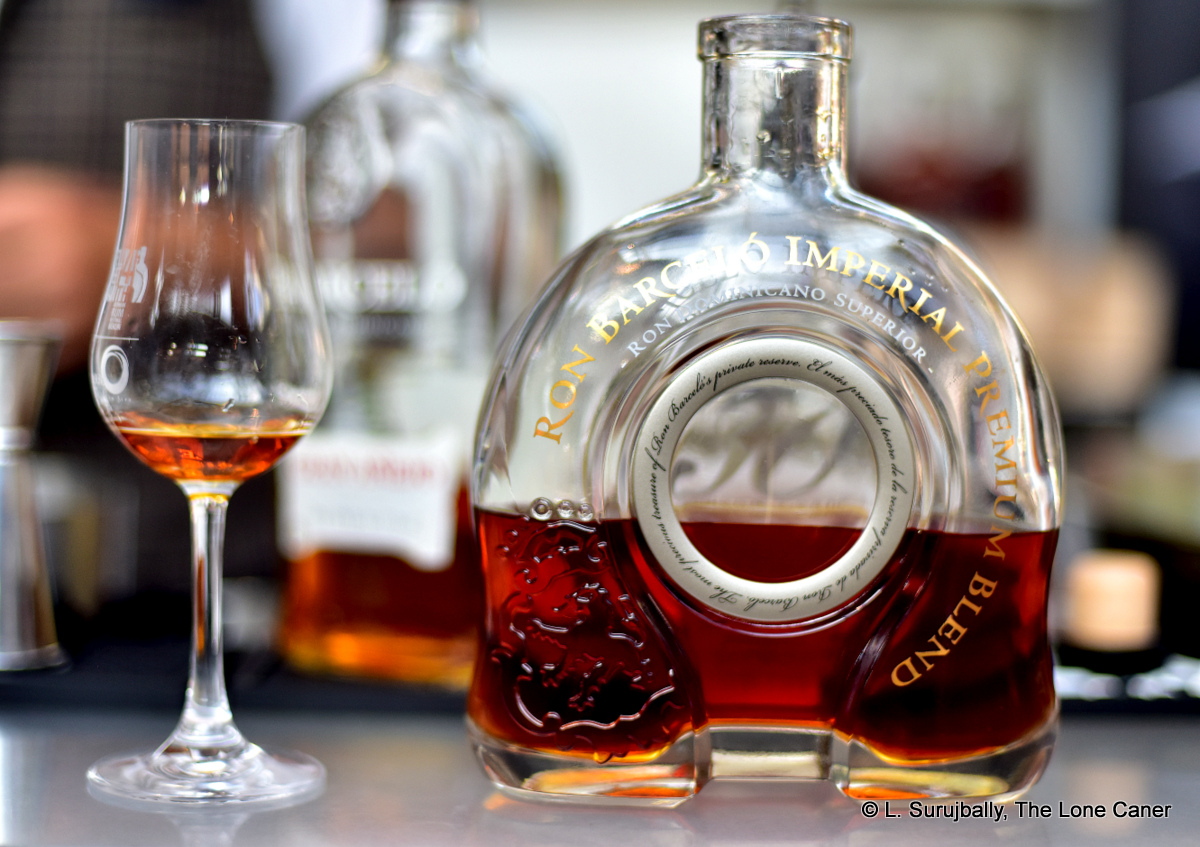
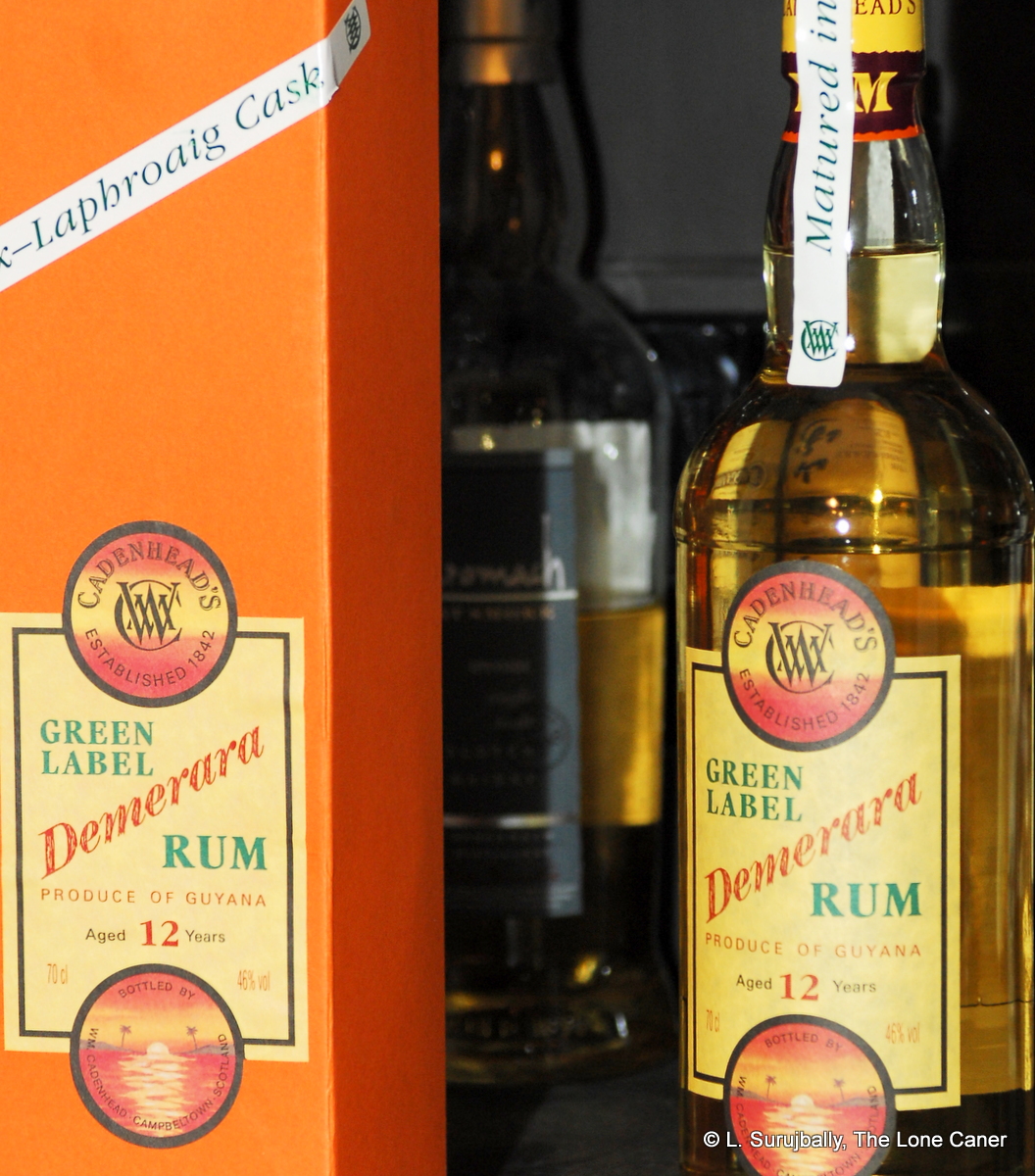
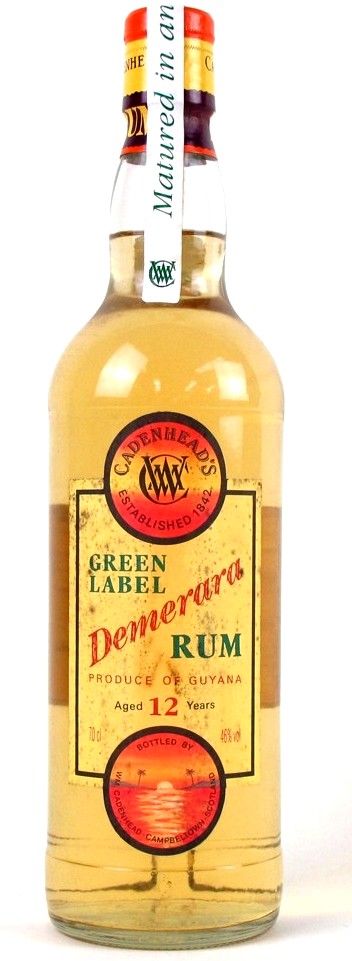 Anyway, this was a 12 year old, continentally-aged Guyanese rum (no still is mentioned, alas), of unknown outturn, aged 12 years in Laphroaig whisky casks and released at the 46% strength that was once a near standard for rums brought out by
Anyway, this was a 12 year old, continentally-aged Guyanese rum (no still is mentioned, alas), of unknown outturn, aged 12 years in Laphroaig whisky casks and released at the 46% strength that was once a near standard for rums brought out by 
 Palate – Even if they didn’t say so on the label, I’d say this is almost completely Guyanese just because of the way all the standard wooden-still tastes are so forcefully put on show – if there
Palate – Even if they didn’t say so on the label, I’d say this is almost completely Guyanese just because of the way all the standard wooden-still tastes are so forcefully put on show – if there 
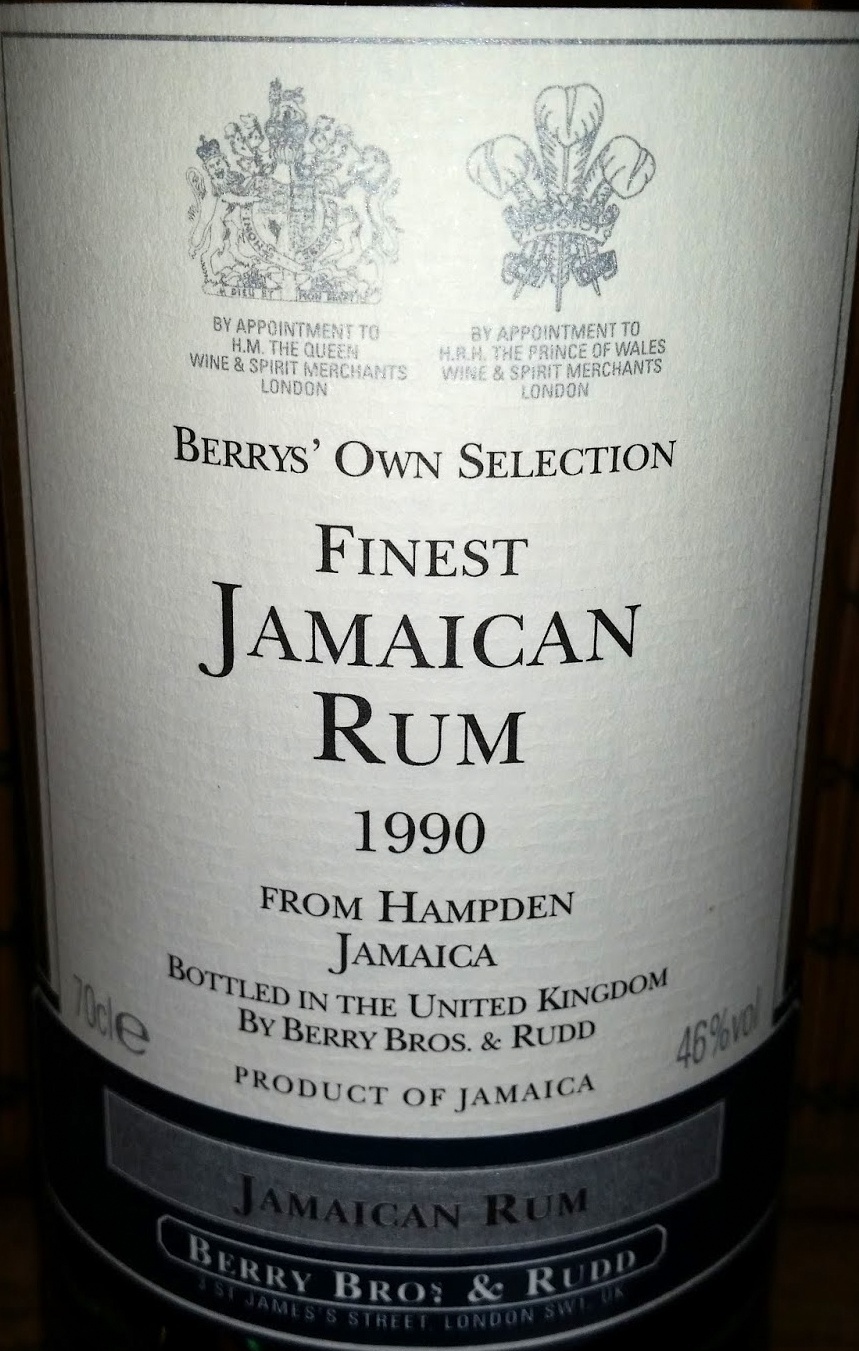
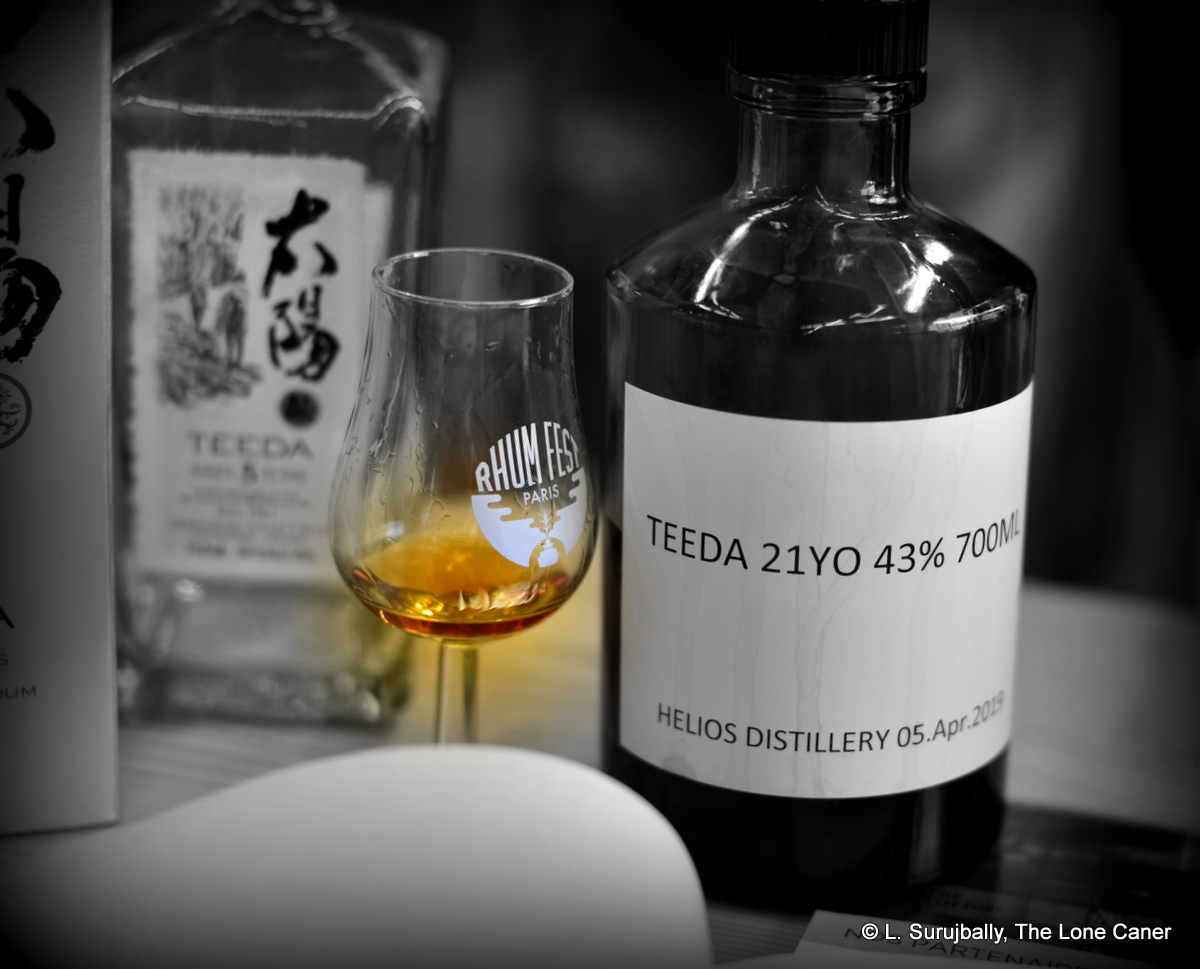
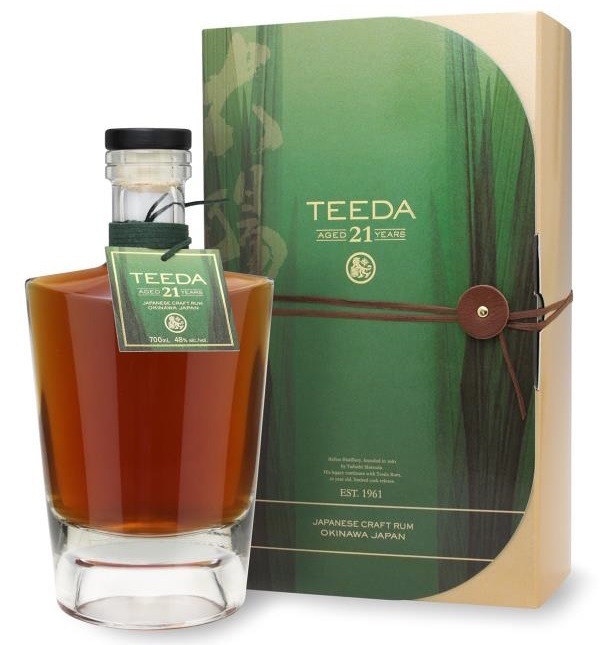
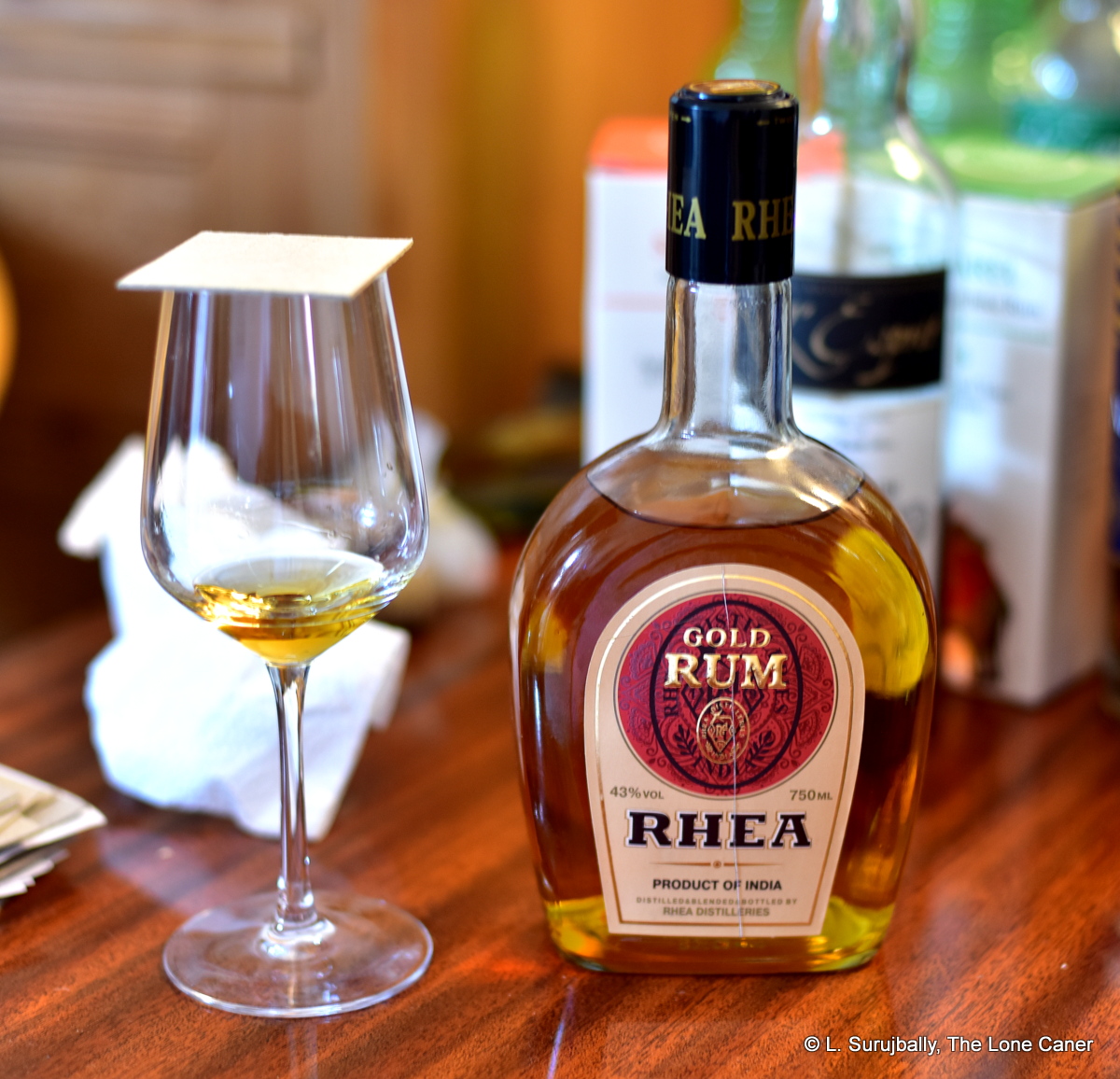
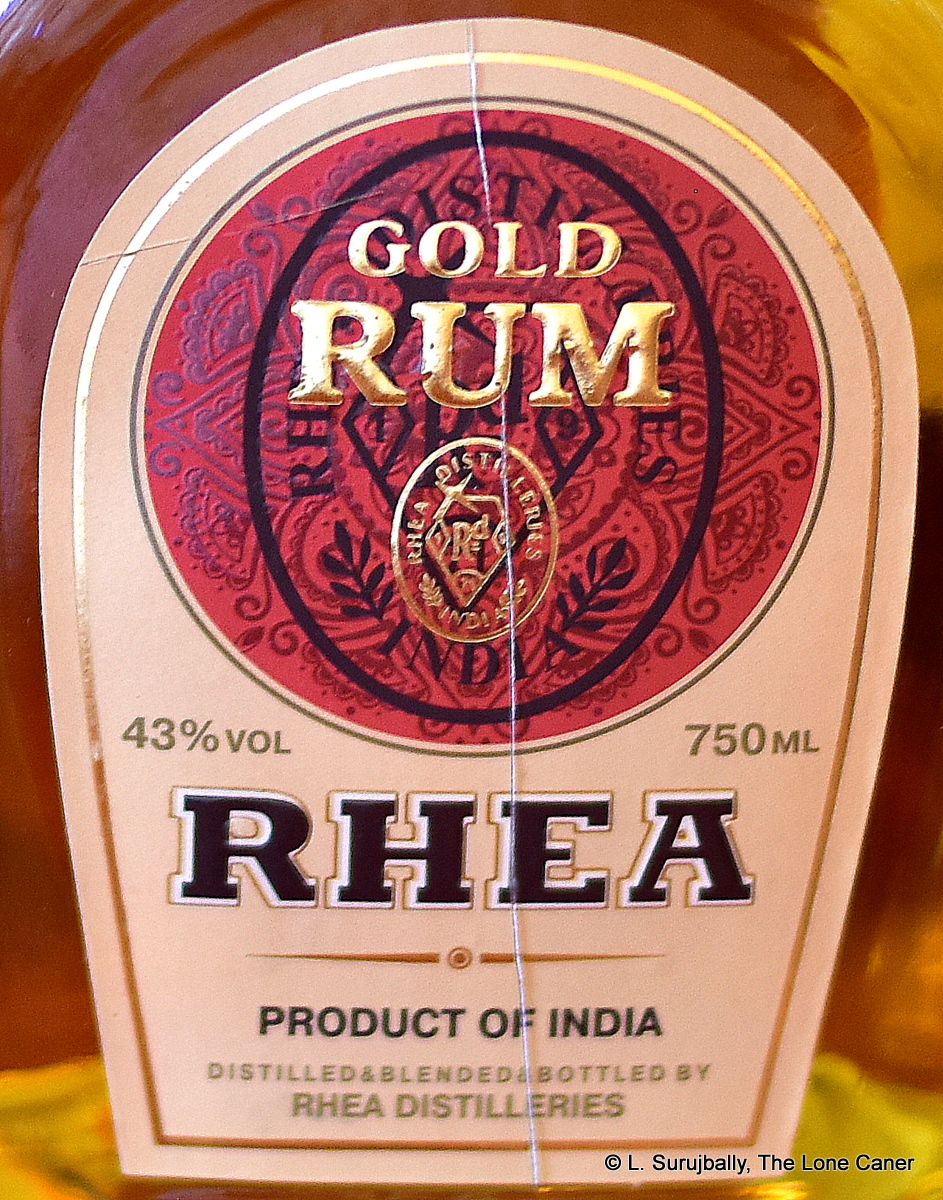 Light amber in colour and bottled at 43%, it certainly did not nose like your favoured Caribbean rum. It smelled initially of congealed honey and beeswax left to rest in an old unaired cupboard for six months – that same dusty, semi-sweet waxy and plastic odour was the most evident thing about it. Letting it rest produced additional aromas of brine, olives and ripe mangoes in a pepper sauce. Faint vanilla and caramel – was this perhaps made from jaggery, or added to after the fact? Salty cashew nuts, fruit loops cereal and that was most or less it – a fairly heavy, dusky scent, darkly sweet.
Light amber in colour and bottled at 43%, it certainly did not nose like your favoured Caribbean rum. It smelled initially of congealed honey and beeswax left to rest in an old unaired cupboard for six months – that same dusty, semi-sweet waxy and plastic odour was the most evident thing about it. Letting it rest produced additional aromas of brine, olives and ripe mangoes in a pepper sauce. Faint vanilla and caramel – was this perhaps made from jaggery, or added to after the fact? Salty cashew nuts, fruit loops cereal and that was most or less it – a fairly heavy, dusky scent, darkly sweet.
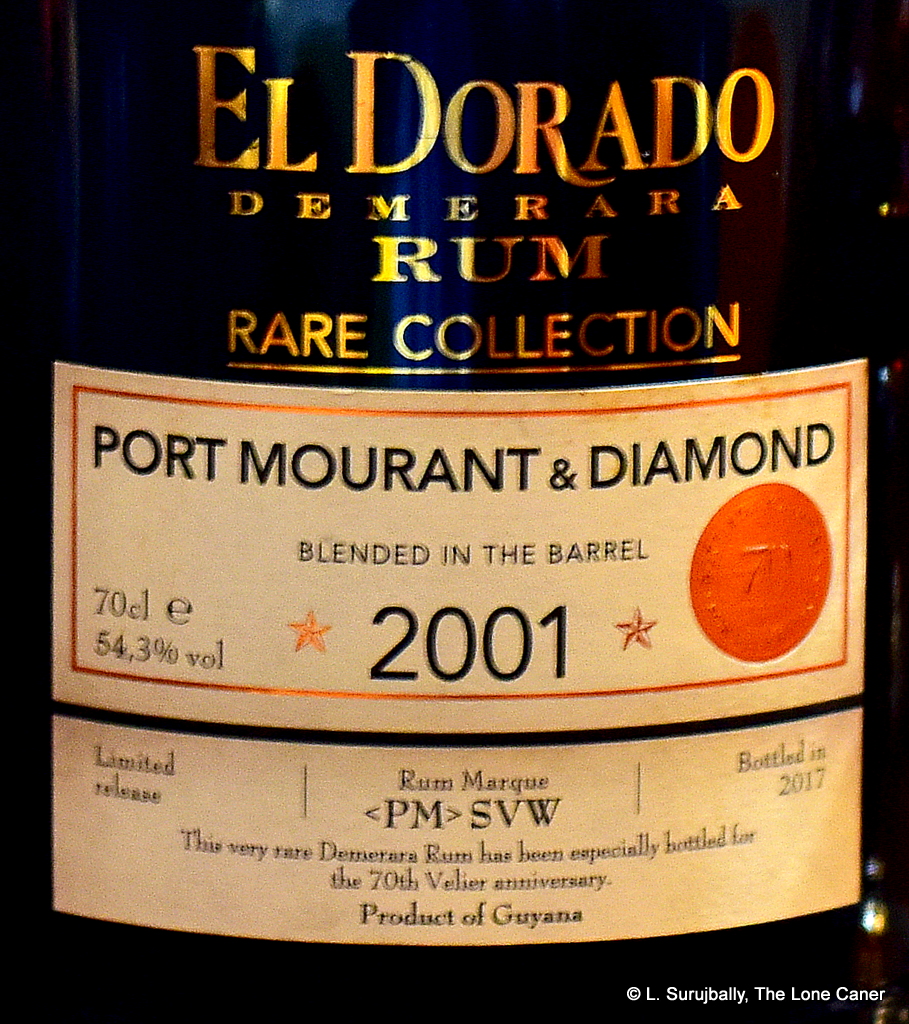
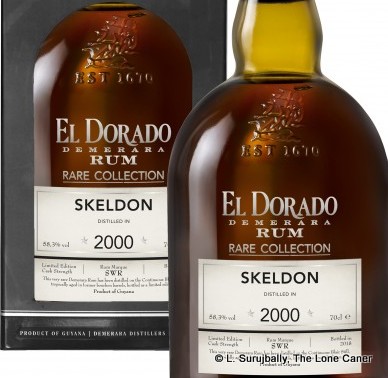 Speaking for myself, I’d have to say that with the Third Release, DDL has put to rest any doubts as to the legitimacy of the Rare Collection being excellent rums in their own right. They’re damned fine rums, the ones I’ve tried, up to the level of the RII Enmore 1996. I can’t tell whether the R1 series will ever become collector’s prized pieces or sought-after grail quests the way the original Veliers have become – but they’re good and worth finding. Note that they remain, not just in my opinion, overpriced and this may account for their continuing availability.
Speaking for myself, I’d have to say that with the Third Release, DDL has put to rest any doubts as to the legitimacy of the Rare Collection being excellent rums in their own right. They’re damned fine rums, the ones I’ve tried, up to the level of the RII Enmore 1996. I can’t tell whether the R1 series will ever become collector’s prized pieces or sought-after grail quests the way the original Veliers have become – but they’re good and worth finding. Note that they remain, not just in my opinion, overpriced and this may account for their continuing availability. Will the Rares survive? In late 2019, four colour-coded bottles which were specifically not Rare Collection items, began to gather some attention online:
Will the Rares survive? In late 2019, four colour-coded bottles which were specifically not Rare Collection items, began to gather some attention online: 
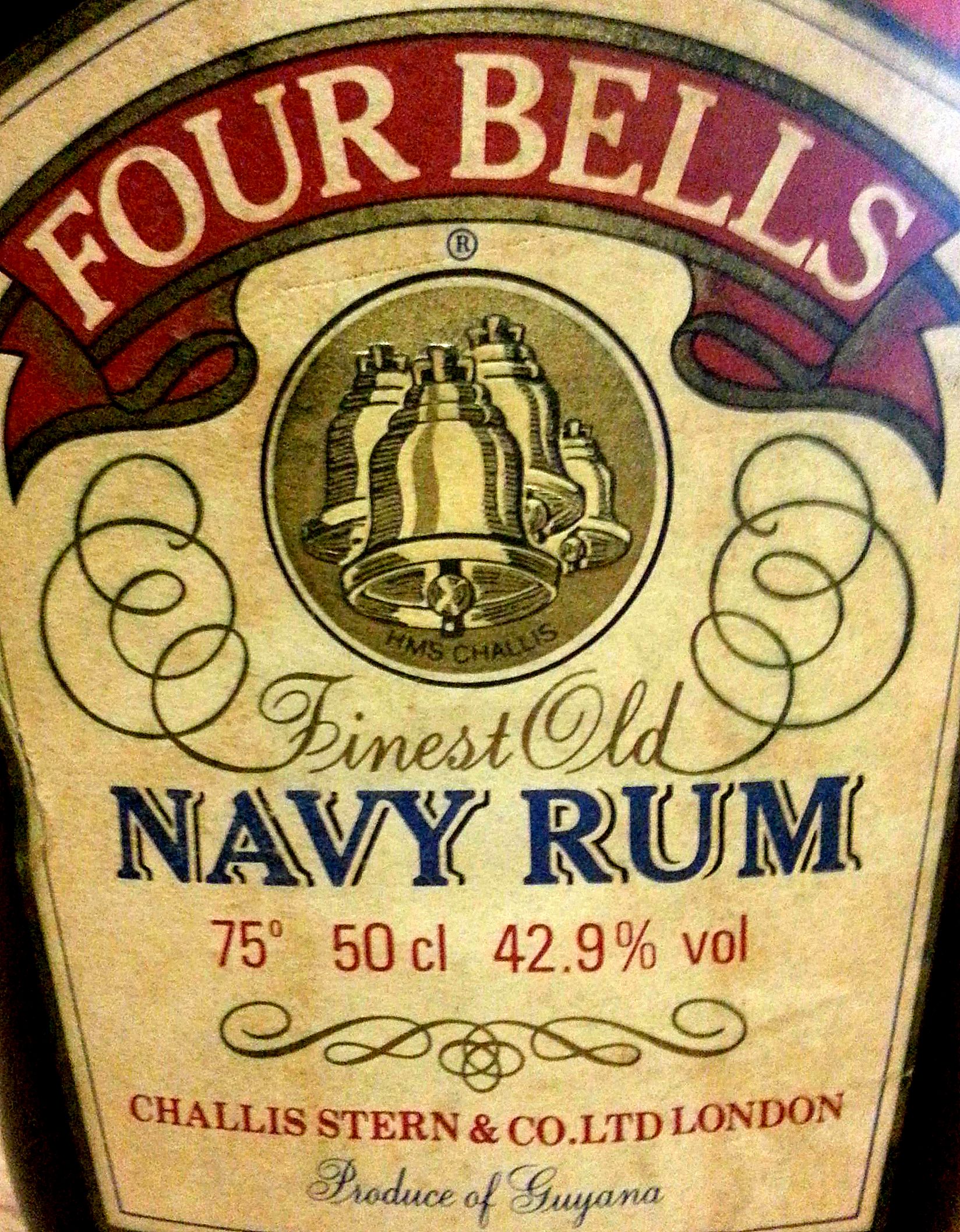
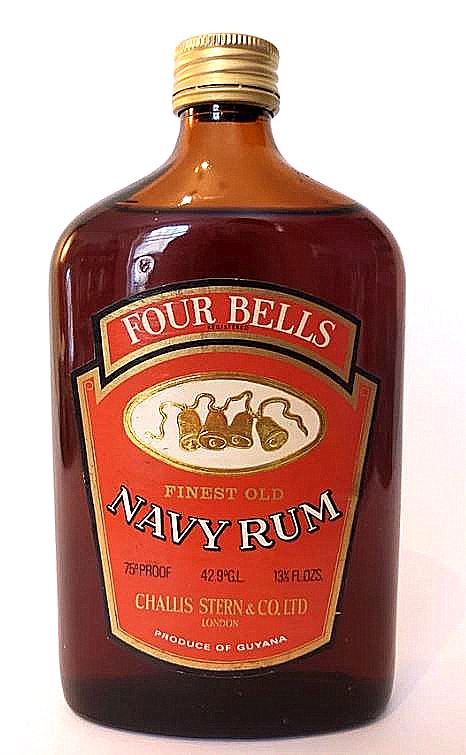
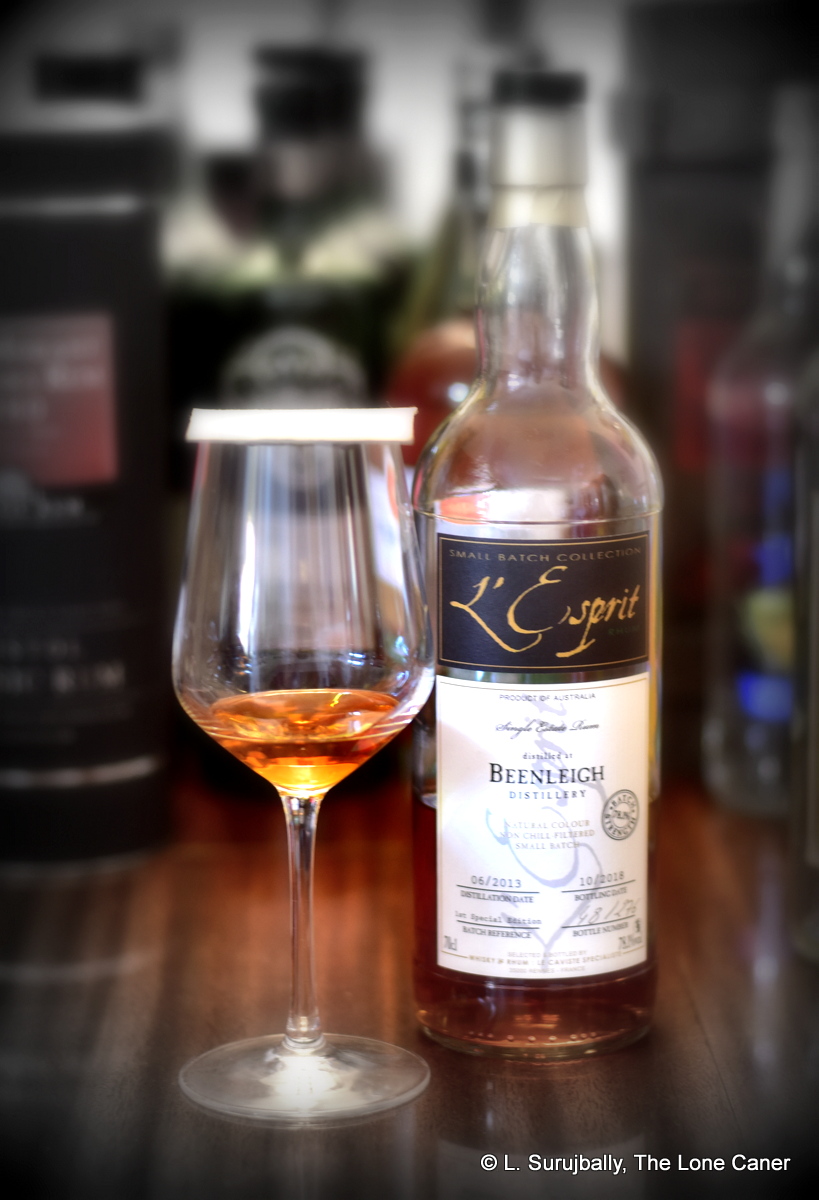 The French-bottled, Australian-distilled Beenleigh 5 Year Old Rum is a screamer of a rum, a rum that wasn’t just released in 2018, but unleashed. Like a mad roller coaster, it careneed madly up and down and from side to side, breaking every rule and always seeming just about to go off the rails of taste before managing to stay on course, providing, at end, an experience that was shattering — if not precisely outstanding.
The French-bottled, Australian-distilled Beenleigh 5 Year Old Rum is a screamer of a rum, a rum that wasn’t just released in 2018, but unleashed. Like a mad roller coaster, it careneed madly up and down and from side to side, breaking every rule and always seeming just about to go off the rails of taste before managing to stay on course, providing, at end, an experience that was shattering — if not precisely outstanding. I still remember how unusual the
I still remember how unusual the 
 Take this one, which proves that TBRC has a knack for ferreting out good barrels. It’s not often you find a rum that is from the French West Indies aged beyond ten years — Neisson’s been making a splash recently with its 18 YO, you might recall, for that precise reason. To find one that’s a year older from Guadeloupe in the same year is quite a prize and I’ll just mention it’s 54.2%, aged seven years in Guadeloupe and a further twelve in the UK, and outturn is 413 bottles. On stats alone it’s the sort of thing that makes my glass twitch.
Take this one, which proves that TBRC has a knack for ferreting out good barrels. It’s not often you find a rum that is from the French West Indies aged beyond ten years — Neisson’s been making a splash recently with its 18 YO, you might recall, for that precise reason. To find one that’s a year older from Guadeloupe in the same year is quite a prize and I’ll just mention it’s 54.2%, aged seven years in Guadeloupe and a further twelve in the UK, and outturn is 413 bottles. On stats alone it’s the sort of thing that makes my glass twitch.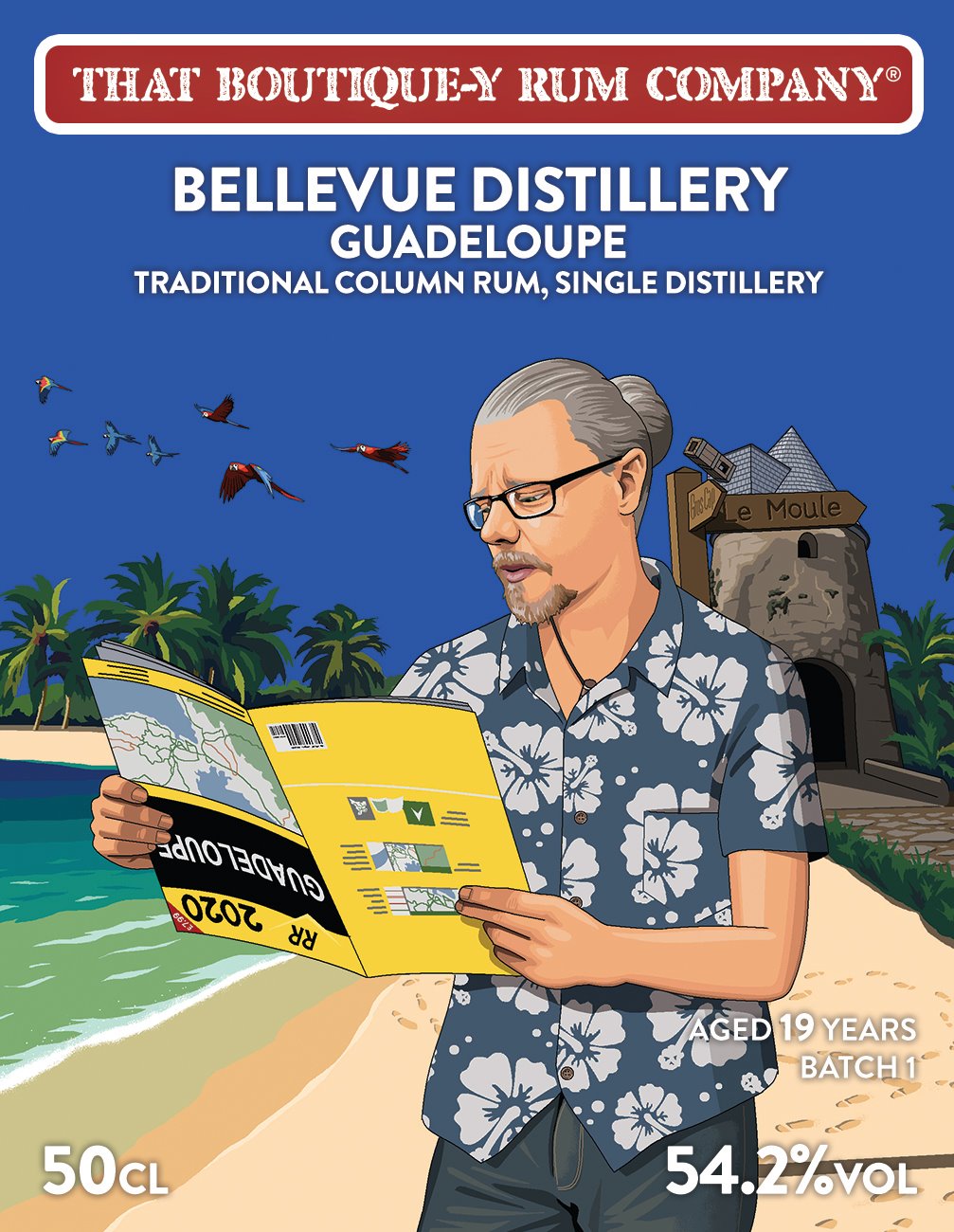 Guadeloupe rums in general lack something of the fierce and stern AOC specificity that so distinguishes Martinique, but they’re close in quality in their own way, they’re always good, and frankly, there’s something about the relative voluptuousness of a Guadeloupe rhum that I’ve always liked. Peter sold me on the quality of the
Guadeloupe rums in general lack something of the fierce and stern AOC specificity that so distinguishes Martinique, but they’re close in quality in their own way, they’re always good, and frankly, there’s something about the relative voluptuousness of a Guadeloupe rhum that I’ve always liked. Peter sold me on the quality of the 
 Nose – Quite a bit different from the strongly focussed Demerara profile of the Navy 70º we looked at before – had the label not been clear what was in it, I would have not guessed there was any Jamaican in here. The wooden stills profile of Guyana is tamed, and the aromas are prunes, licorice, black grapes and a light brininess. After a while some salt caramel ice cream, nougat, toffee and anise become more evident. Sharp fruits are held way back and given the absence of any kind of tarriness, I’d hazard that Angostura provided the Trinidadian component.
Nose – Quite a bit different from the strongly focussed Demerara profile of the Navy 70º we looked at before – had the label not been clear what was in it, I would have not guessed there was any Jamaican in here. The wooden stills profile of Guyana is tamed, and the aromas are prunes, licorice, black grapes and a light brininess. After a while some salt caramel ice cream, nougat, toffee and anise become more evident. Sharp fruits are held way back and given the absence of any kind of tarriness, I’d hazard that Angostura provided the Trinidadian component. 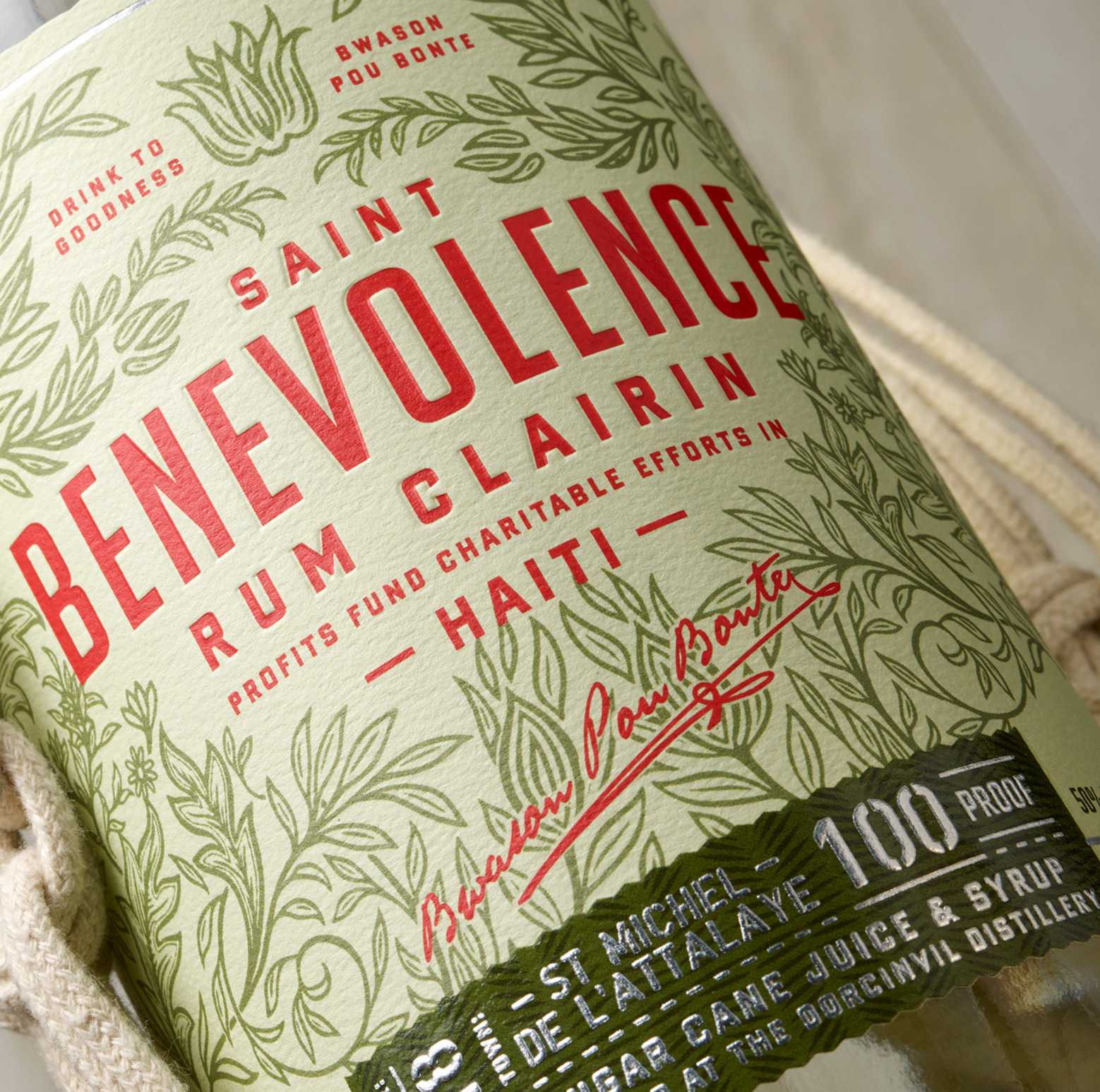
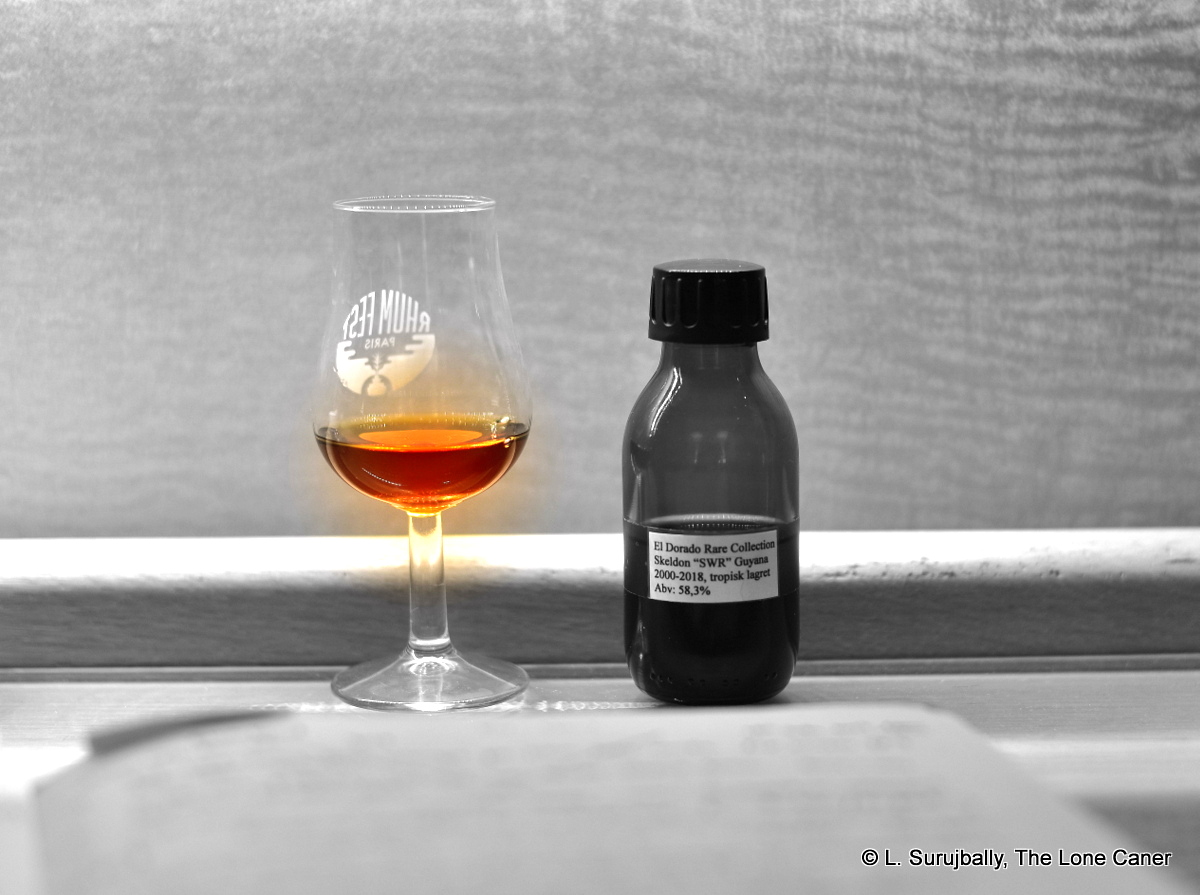
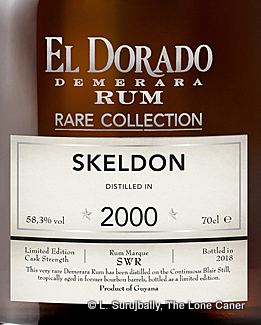 Its standout aspect was how smooth it came across when tasted. As with the Albion we looked at before, the rum didn’t profile like anywhere near its true strength, was warm and firm and tasty, trending a bit towards being over-oaked and ever-so-slightly too tannic. But those powerful notes of unsweetened cooking chocolate, creme brulee, caramel, dulce de leche, molasses and cumin mitigated the wooden bite and provided a solid counterpoint into which subtler marzipan and mint-chocolate hints could be occasionally noticed, flitting quietly in and out. The finish continued these aspects while gradually fading out, and with some patience and concentration, port-flavoured tobacco, brown sugar and cumin could be discerned.
Its standout aspect was how smooth it came across when tasted. As with the Albion we looked at before, the rum didn’t profile like anywhere near its true strength, was warm and firm and tasty, trending a bit towards being over-oaked and ever-so-slightly too tannic. But those powerful notes of unsweetened cooking chocolate, creme brulee, caramel, dulce de leche, molasses and cumin mitigated the wooden bite and provided a solid counterpoint into which subtler marzipan and mint-chocolate hints could be occasionally noticed, flitting quietly in and out. The finish continued these aspects while gradually fading out, and with some patience and concentration, port-flavoured tobacco, brown sugar and cumin could be discerned.
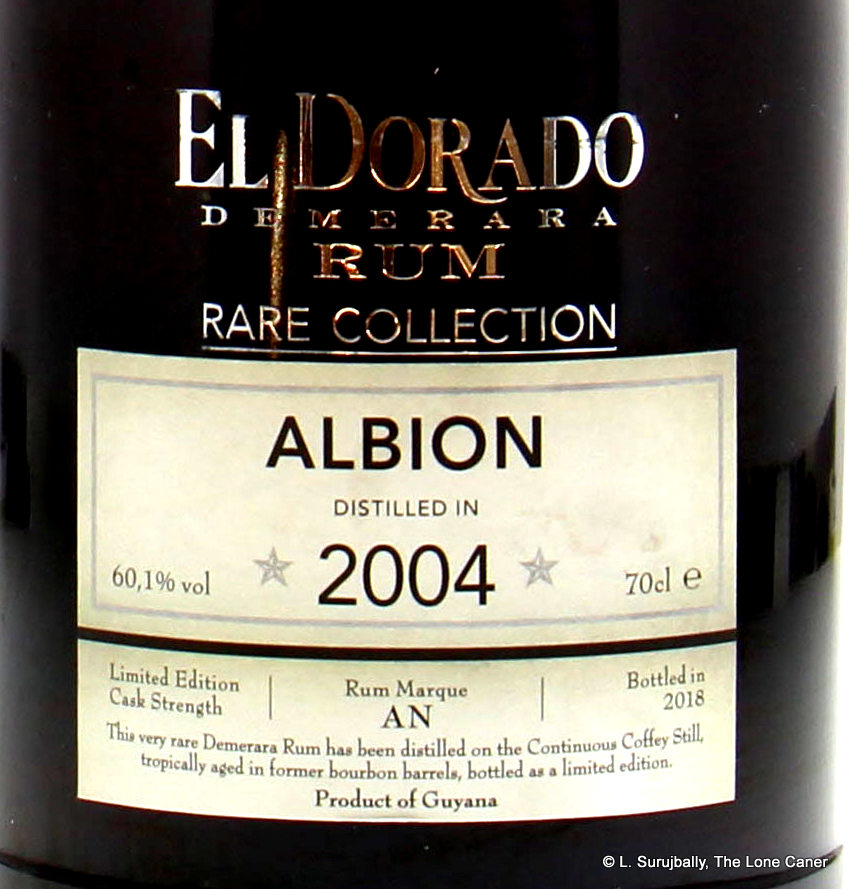

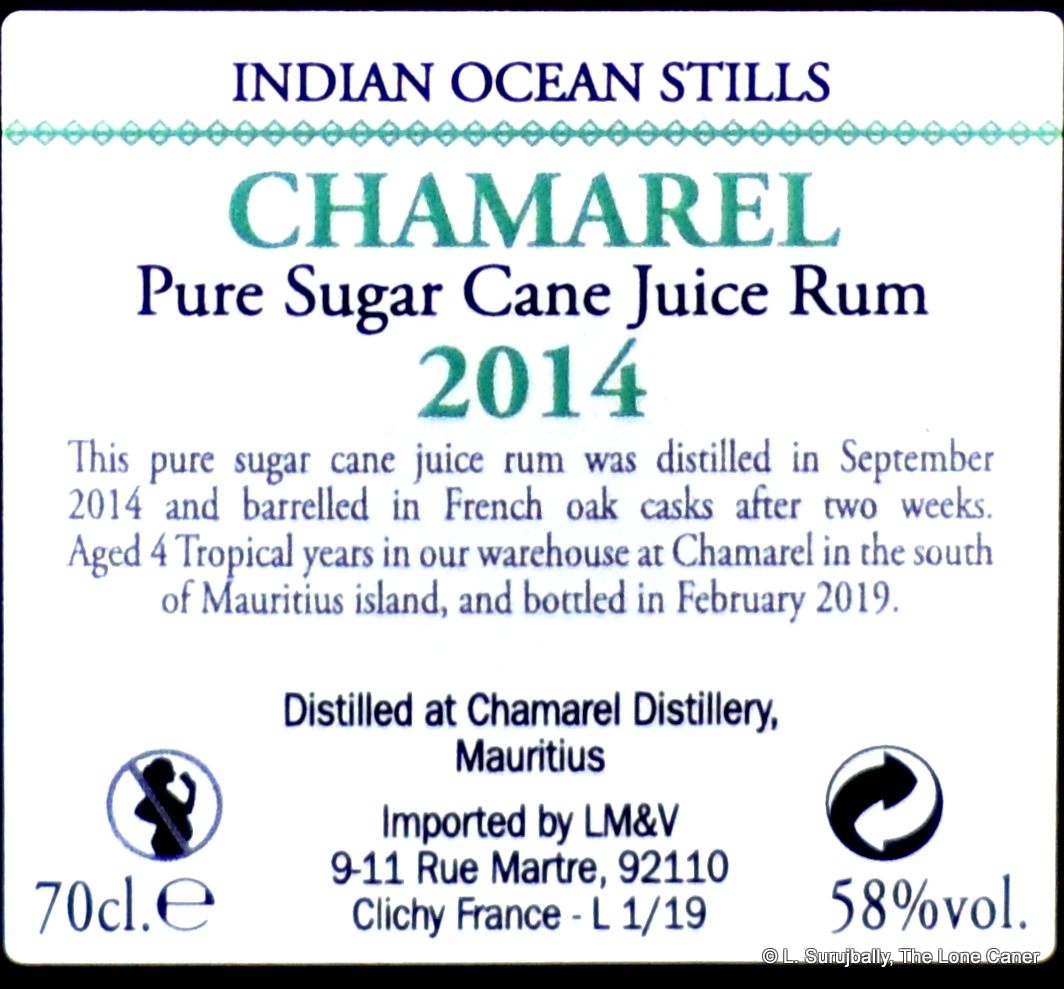 Brief stats: a 4 year old rum distilled in September 2014, aged in situ in French oak casks and bottled in February 2019 at a strength of 58% ABV. Love the labelling and it’s sure to be a fascinating experience not just because of the selection by Velier, or its location (we have tried few rums from there though those
Brief stats: a 4 year old rum distilled in September 2014, aged in situ in French oak casks and bottled in February 2019 at a strength of 58% ABV. Love the labelling and it’s sure to be a fascinating experience not just because of the selection by Velier, or its location (we have tried few rums from there though those 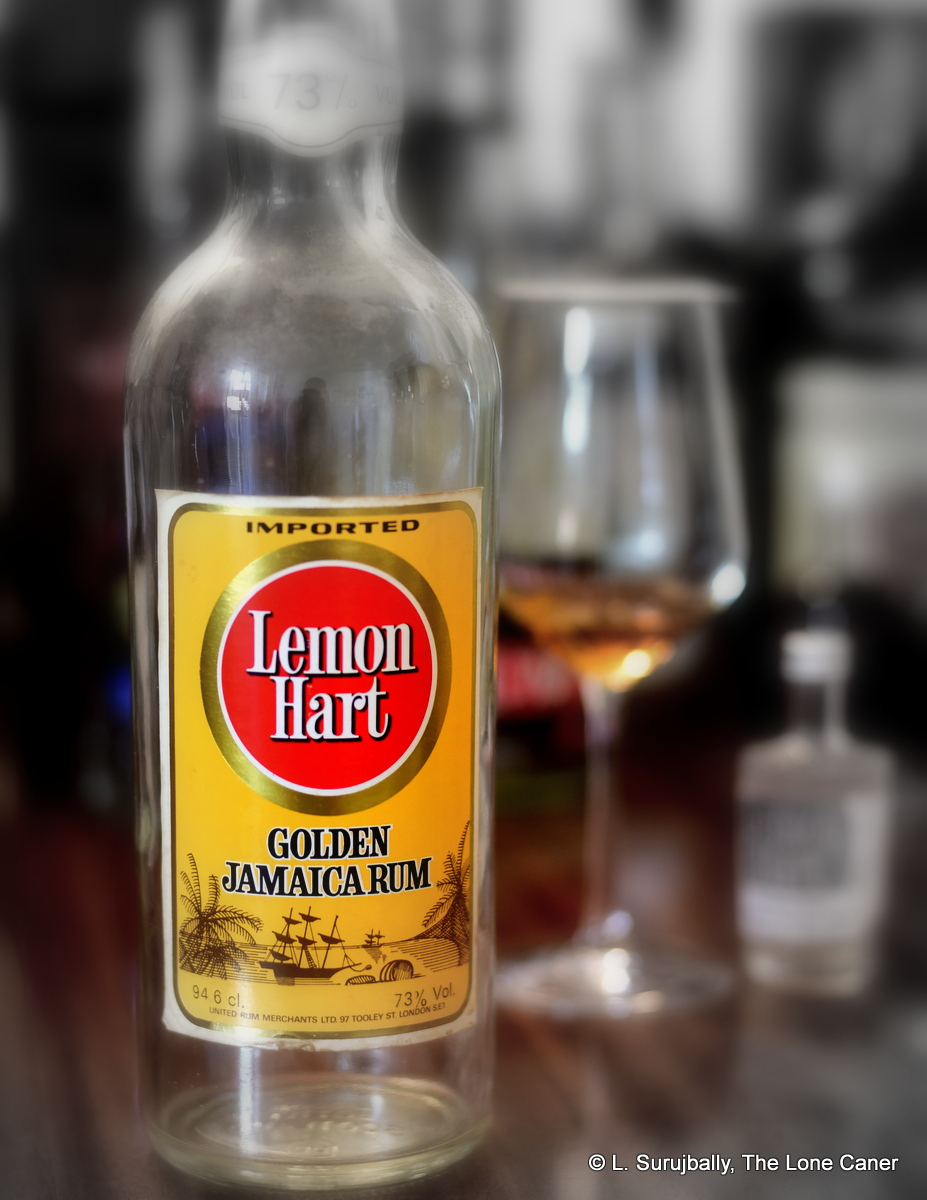 Rumaniacs Review #107 | R-0688
Rumaniacs Review #107 | R-0688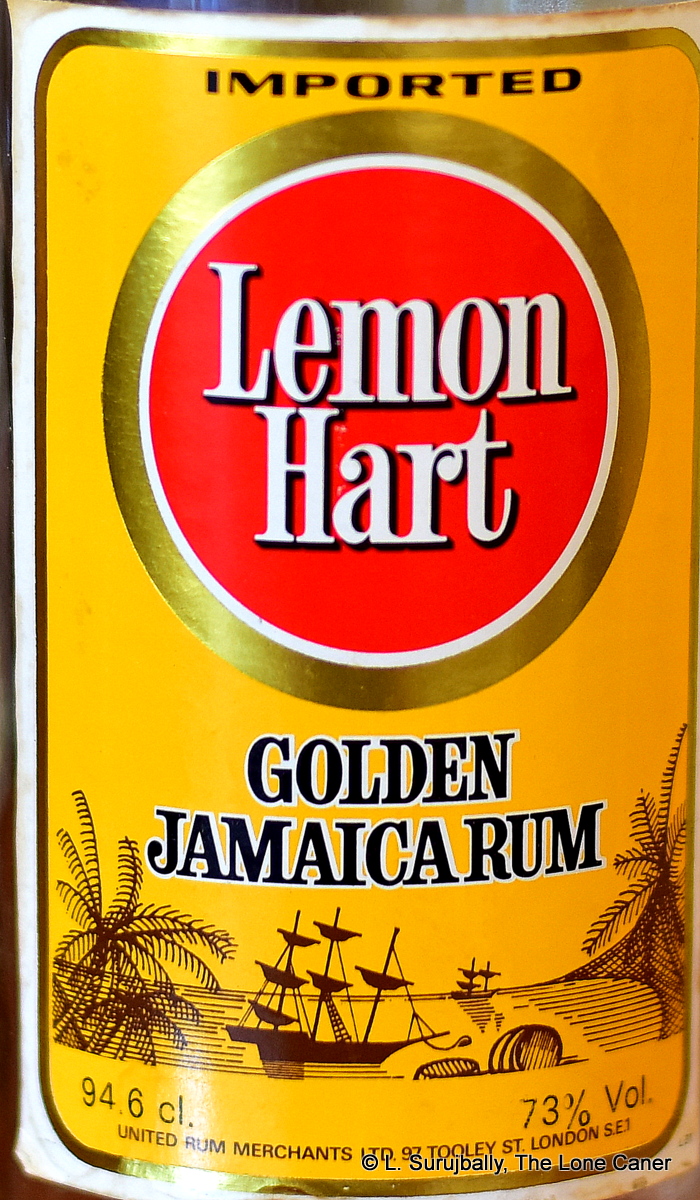 Palate – Waiting for this to open up is definitely the way to go, because with some patience, the bags of funk, soda pop, nail polish, red and yellow overripe fruits, grapes and raisins just become a taste avalanche across the tongue. It’s a very solid series of tastes, firm but not sharp unless you gulp it (not recommended) and once you get used to it, it settles down well to just providing every smidgen of taste of which it is capable.
Palate – Waiting for this to open up is definitely the way to go, because with some patience, the bags of funk, soda pop, nail polish, red and yellow overripe fruits, grapes and raisins just become a taste avalanche across the tongue. It’s a very solid series of tastes, firm but not sharp unless you gulp it (not recommended) and once you get used to it, it settles down well to just providing every smidgen of taste of which it is capable.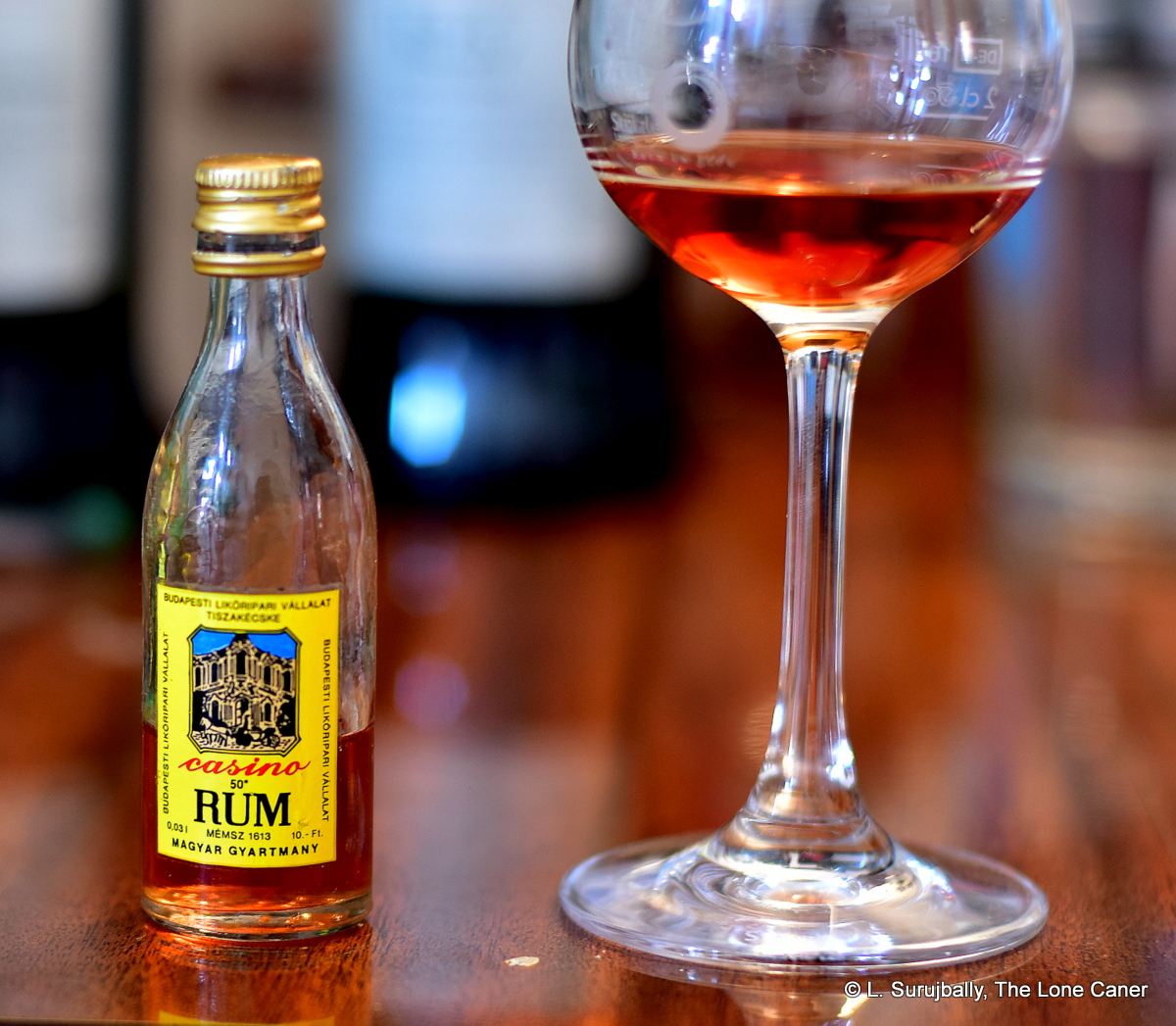
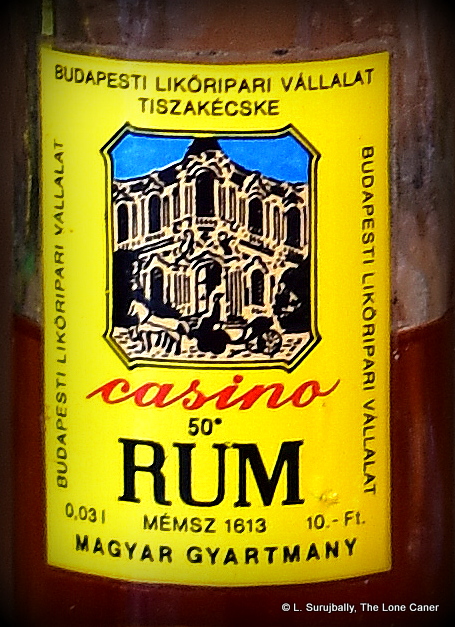 If we accept these data points, then of course the Casino is not, by all current definitions, a rum, and in point of fact, the entry might just as easily be listed in the Rumaniacs page since this version is no longer being made — the word “rum” was either replaced by “room” or dropped completely from the label when Hungary joined the EU in 2004, and that suggests a manufacture for the product I tasted of around 1988-2003 which actually makes it a heritage rum entry, but what the hell.
If we accept these data points, then of course the Casino is not, by all current definitions, a rum, and in point of fact, the entry might just as easily be listed in the Rumaniacs page since this version is no longer being made — the word “rum” was either replaced by “room” or dropped completely from the label when Hungary joined the EU in 2004, and that suggests a manufacture for the product I tasted of around 1988-2003 which actually makes it a heritage rum entry, but what the hell.